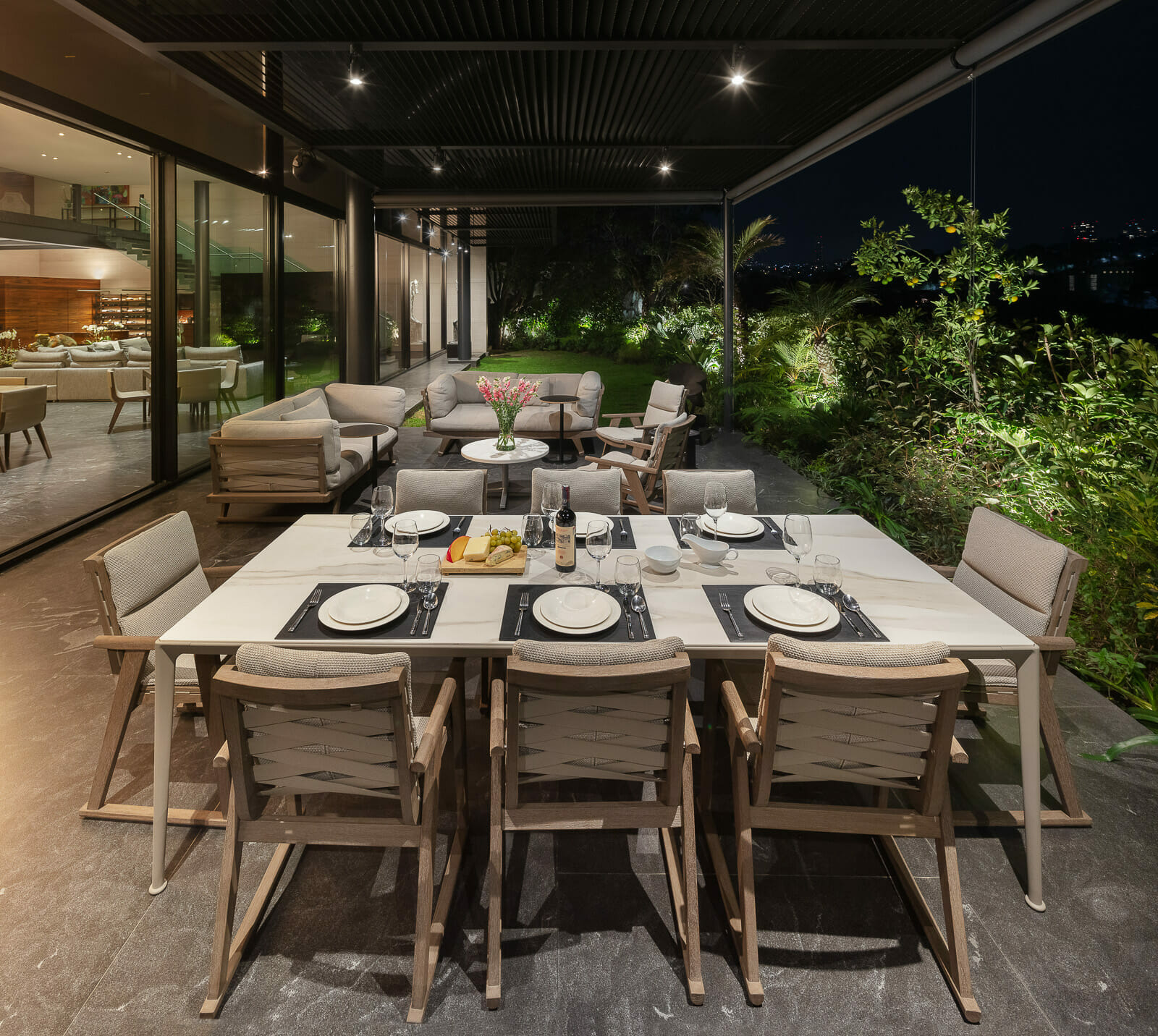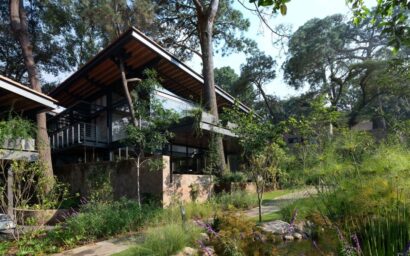As living beings, we are deeply linked to nature. That’s why, as architects, we seek environments that strengthen our bond with the environment.
As climate change impacts Earth, recent architectural trends place nature at the center of the design program, helping to strengthen our bond with it.
Here are seven ways in which nature and architectural projects can be combined:
- The creation of open spaces. Open spaces allow us to live in constant relation with nature and minimize environmental damage.
- The use of natural materials. Using materials such as wood, clay, mud, stone, bamboo, etc., helps build a harmonious atmosphere between oneself and nature.
- The incorporation of the five elements of nature. Our body is made up of the five elements of nature (earth, water, fire, air, and space), so when any of the elements surround us, we feel a stronger connection with nature.
- The implementation of the biomimetic architecture. Mimicking the systems and processes of nature and using them in designing structures is a manner to combine architecture and make the building adapt to the environment.
- The implementation of the biomorphic architecture. Nature-inspired architectural designs bring us closer to the natural world. In addition, this type of construction ends up being a masterpiece.
- Environmental Protection. There is a massive impact on the environment during the construction process. The combination of architecture and nature should also focus on minimizing the waste generated during and after construction and carefully planning the entire process to reduce its harmful impact.
- The use of sustainable techniques. Implementing solar panels, rainwater harvesting systems, and garbage and wastewater treatment systems is an excellent way to reduce the environmental impact; it also creates awareness among the residents.


